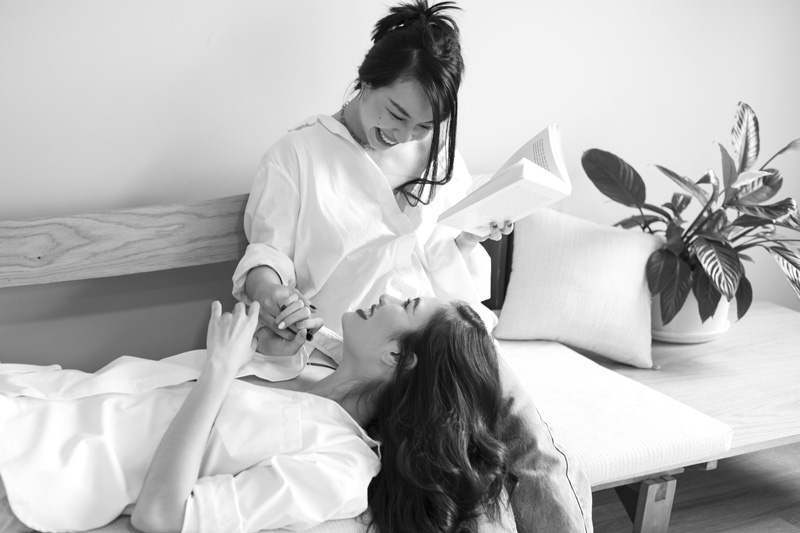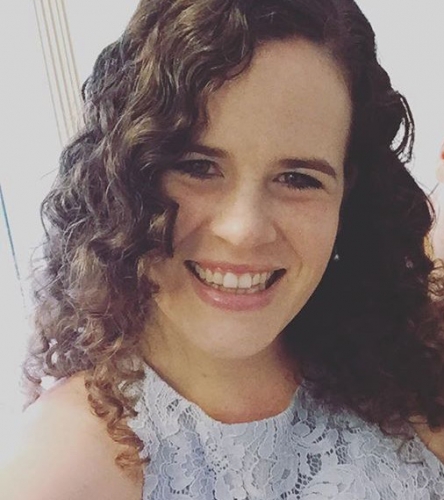Every birth is unique, and so is every family. But for many LGBTQIA+ parents in Australia, navigating pregnancy and birth can bring added challenges. From being misgendered by staff to seeing only “Mum and Dad” options on paperwork, the system doesn’t always reflect the reality of diverse families. That’s where midwives can make a real difference. With the right awareness, training and mindset, they are in a powerful position to support LGBTQIA+ people through one of life’s biggest moments. Whether it’s using inclusive language, understanding different family structures, or simply listening without judgment, these small actions help create a safer, more affirming birth experience for everyone.
LGBTQIA+ is an umbrella term that includes a wide range of identities: lesbian, gay, bisexual, transgender, queer, intersex, asexual and more. Within this community, people may have very different experiences with pregnancy and birth. Some may be carrying a child themselves, while others are supporting a partner, using a surrogate, or becoming parents through adoption. What they often have in common is the desire to feel safe, respected and understood during their journey. That means more than just good clinical care. It means using the right pronouns, avoiding assumptions about gender or family roles, and being open to conversations that might fall outside the usual script.
Subscribe for FREE to the HealthTimes magazine
While many midwives are eager to offer inclusive care, the current maternity system in Australia doesn’t always make that easy. LGBTQIA+ families often face barriers that others may never notice, like being misgendered during appointments, seeing forms that only list “mother” and “father,” or being asked intrusive questions that assume a heterosexual relationship. Some hospitals and clinics still rely on outdated policies or don’t provide adequate training on gender and sexuality diversity.
Improving LGBTQIA+ birth experiences isn’t just about ticking a box; it’s about creating a system where everyone feels welcome and respected from the first appointment to postnatal care. Creating a safe and supportive space for LGBTQIA+ birthing people starts with small, thoughtful changes.
-
Use inclusive language: Avoid assumptions. Instead of saying “mum and dad”, try “parents” or “birthing partner”. Ask for pronouns and use them consistently. These small shifts in language can have a huge impact on someone feeling seen and respected.
-
Update paperwork and processes: Many standard forms only allow for traditional family structures. Clinics can take steps to include options for same-sex partners, surrogates and non-binary parents, removing the stress of needing to correct or explain.
-
Make the environment visibly welcoming: Something as simple as a rainbow sticker on a clinic door or inclusive posters in a waiting room can help LGBTQIA+ people feel like they belong.
-
Listen without judgment: Every birth journey is different. Creating space for honest conversations, without assumptions or stereotypes, helps build trust and better care.
Supporting LGBTQIA+ families also takes the right education. While some Australian midwifery programs are starting to include LGBTQIA+ content, there’s often limited training on gender diversity, queer family structures, or the specific needs of trans and non-binary birthing people.
Workshops, webinars and online modules can help midwives build their confidence and learn practical skills, from inclusive communication to navigating complex care scenarios. Organisations like the
Australian College of Midwives and LGBTQIA+ health groups are starting to offer more resources to fill these gaps.
There are many organisations across Australia working to support LGBTQIA+ people during pregnancy, birth and parenting, and these groups can be valuable partners in providing more inclusive care.
Services like
Rainbow Families and
ACON offer resources, training, and support for both families and health professionals. Connecting families with LGBTQIA+-friendly doulas, mental health services, lactation consultants, or peer support groups can make a huge difference. It also shows families that their midwife understands their unique journey and is ready to support them beyond the birth room.
Building these partnerships and knowing where to refer is a simple but powerful step midwives can take to create safer, more supportive birth experiences for LGBTQIA+ people across Australia.
Inclusive care doesn’t happen by accident; it’s something midwives and health services need to actively work towards.
For midwives, that might mean:
-
Asking for more training on LGBTQIA+ care
-
Updating intake forms and birth plans to reflect diverse identities
-
Using inclusive language every day
-
Listening without assumptions
By taking steps now, midwives can help build a maternity system where every person, regardless of gender, identity, or family makeup, feels safe, respected, and supported throughout their birthing journey.













